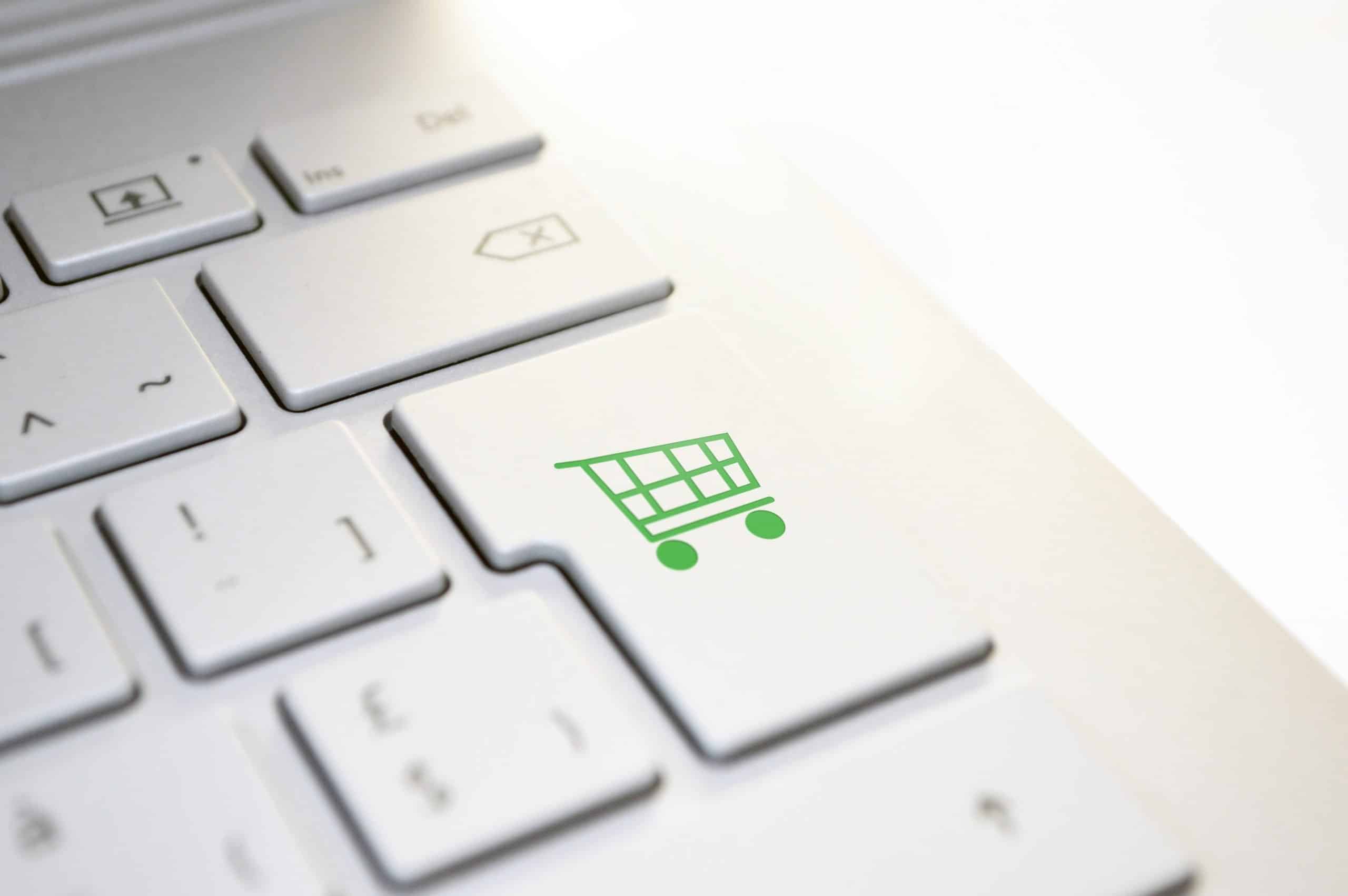Omnichannel marketing is all around you, whether you recognize it or not. Business practices and marketing strategies evolve simultaneously with technological advancements.
In a few short years, the game has completely changed. It wasn’t long ago that a business could only communicate with consumers by snail mail, phone, or in person.
Every day, you interact with brands as a client. It can sometimes be maintained through face-to-face encounters, but let’s face it, most of the communication is now digital through email, social media, and corporate websites. So, how can a marketer keep their design, strategy, and customer experience all in sync? Omnichannel marketing is the answer. So let’s take it from the top.
What exactly is omnichannel marketing?
In the realm of digital marketing, buzzwords are seemingly just like love all around. And “omnichannel strategy” is a popular term right now. On a similar line to other phrases such as digital transformation, many like to use these phrases without actually knowing much about what they mean.
Understanding omnichannel marketing is crucial in today’s retail marketing landscape, as it integrates various channels to create a seamless customer experience. By blending online and offline touchpoints, businesses can enhance engagement and loyalty, ensuring that retail marketing efforts reach consumers wherever they are. This strategy not only maximizes brand presence but also drives higher sales and customer satisfaction.
To explain, having an omnichannel strategy entails creating an integrated customer experience that allows customers to seamlessly transition between digital channels such as an app or website to a physical store.
There are many definitions out there, and some of them are rather confusing, but the one we found to put it the best was probably HubSpot. So, here’s what they said. According to HubSpot, Omnichannel marketing is the ability to provide a uniform and seamless experience across channels while simultaneously keeping in mind that users change devices and channels for brand interaction multiple times during the day. Essentially, it all boils down to having a structure in place that allows anyone to transition from digital to physical in the purchasing process.
This can be confusing and easily misconstrued for multichannel marketing, so what are the differences between those two.
Omnichannel vs. multichannel marketing
Multichannel marketing is, in essence, quite simple to understand. It’s marketing that takes place across several channels. Even if you’re unfamiliar with the term, there’s a strong chance you’re engaging in multichannel marketing. Multichannel marketing is used by almost every organization, even the tiniest one-person operation. It’s usually most akin to marketing on multiple platforms, but always with the same message, the same call to action, and the same idea.
Omnichannel marketing, on the other hand, requires distinct messages and calls to action for different stages and viewpoints, which necessitates greater resources spent on journey and content strategies, as well as different paid advertising models.
Why adopt an omnichannel approach?
Customers for life
An omnichannel experience prioritizes the consumer, and it’s no surprise that customers want to do business with companies that put them in control. It’s also not unexpected that retail executives place a premium on long-term objectives.
Improves efficiency
Businesses enjoy enhanced operational efficiency and cost savings as a result of implementing an omnichannel strategy. Through adopting this strategy, businesses acquire a customer’s data only once with an omnichannel approach rather than separately on every platform. So, if you opt for omnichannel marketing, there will be no need for various data collectors, all thanks to adopting a holistic viewpoint.
Boost your sales
For shops in need of a revenue boost, increased sales are a significant benefit. According to recent research, multichannel clients spend 10% more online than single-channel customers.
However, many retailers don’t seem to be as focused on multichannel marketing and choose to go with the good old classic – multichannel. But, not only does an omnichannel strategy get you more money and retain customers for longer, but it also focuses on a long-term strategy that’ll bring in revenue time and time again.
How to start implementing a strategy
1. Make use of tracking software
So you now know that you’ll need a lot of data to inform your omnichannel marketing approach. You’ll need the correct technology to collect that information. There are various tools to consider when you design your data collecting resource kit, including APIs for personalization.
A customization API is perfect when you use an existing account to automatically set up an account for a service on a new website. For marketers, this is a very useful data tool.
Next to it, we recommend taking advantage of machine learning. Machine learning is a term that refers to the study of categorizing and organizing data so that a computer can learn from it and provide predictive modeling. For omnichannel plans, it’s a tremendous time-saver.
2. Increased personalization must be a top priority
In today’s environment, personal communication is of the utmost importance, and customers want firms to understand what they need and want. This should be step and priority number one in any solid omnichannel strategy, prioritizing customer experience and personalization – both in-store and online.
3. Audience segmentation
The goal of audience segmentation is to reach the appropriate individuals at the right time. Understanding your target demographic and identifying your ideal customer profile can aid you in developing the most effective omnichannel approach for them.
When it comes to audience segmentation, there are four categories to consider:
- Social status: lifestyle choices, attitudes, and other elements that are less predetermined or biological are included in the psychographic category.
- Customer demographics: include things like age, gender, education, family size, and employment.
- Customer data: behavioral in nature and includes statistics on loyalty, user behavior, website usage, device preferences, and buying behaviors.
- Geographical: This is just the location of a consumer, and it may be as specific or as wide as you like.
4. The importance of exceptional in-store experiences
Stores are being redesigned already, and this trend shows no signs of slowing down in the near future. Offering in-person experiences that engage customers and promote the brand is the future of retail. Consider your company’s voice and what kinds of experiences could help to reinforce it in meaningful and imaginative ways.
5. Be responsive
The two go hand in hand: responsive design and multichannel marketing. If your target audience switches between devices frequently, you should as well. There is a number of things you can do to improve your customers’ omnichannel experience, and we’ll only mention a few of them.
The omnichannel strategy requires you to build your marketing teams per channel. To put it another way, make sure that all of your staff are trained and working together to optimize user experiences across all channels.
The second piece of advice we’d like to give would be to fill in the blanks. Ensure that all of your channels are connected by bridges. You could, for example, employ a Facebook eCommerce interface to allow customers to make an online purchase but pick up the item in your actual store.
And the third is, of course, device responsiveness. As we’ve already mentioned, most consumers change between devices constantly. Taking that into account, make sure your strategy and advertising are compatible with every device.
Wrapping up
Omnichannel marketing is the future of retail. There’s a lot you still probably don’t know, and implementing a strategy might take a while. There’s probably going to be some trial and error as well. So, keep the big picture on your mind, and start going forward. If you don’t get everything right the first time, worry not – very few companies do.



